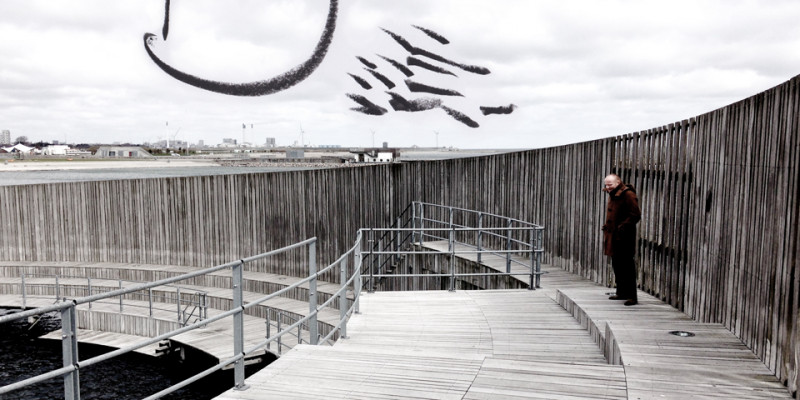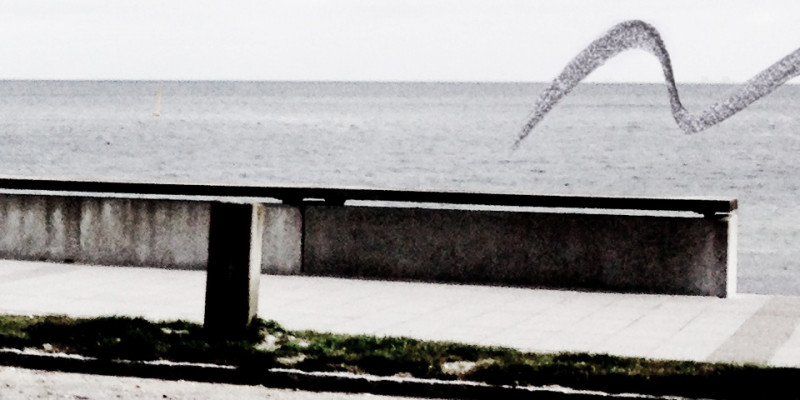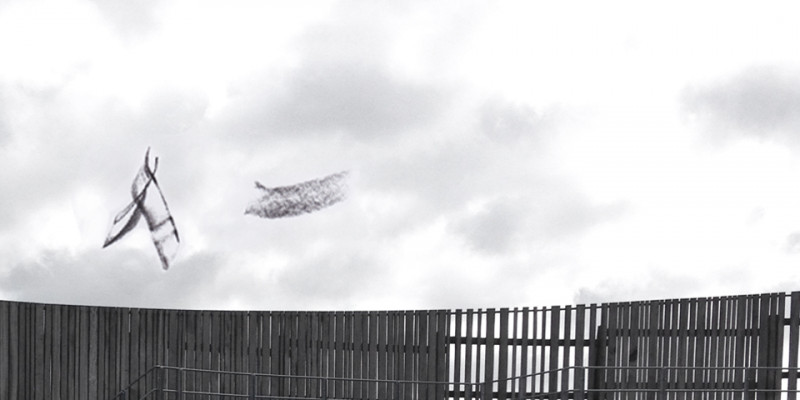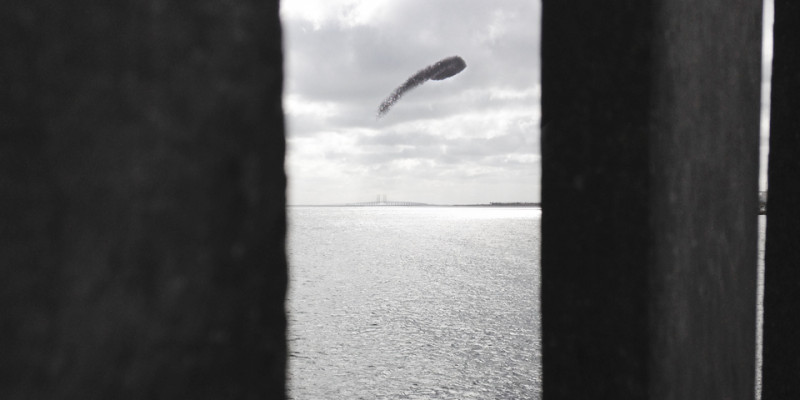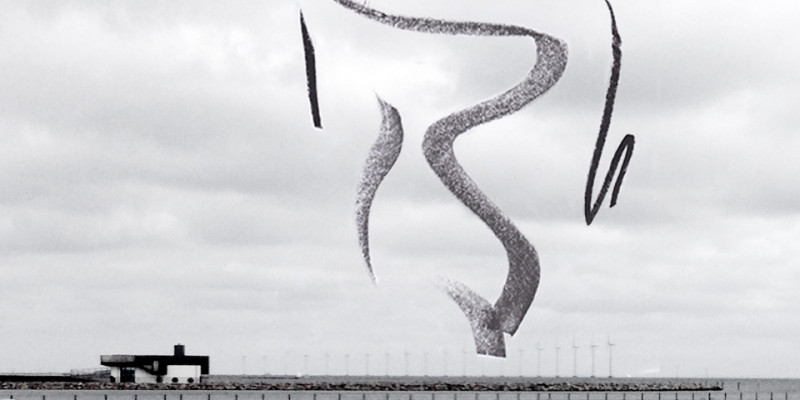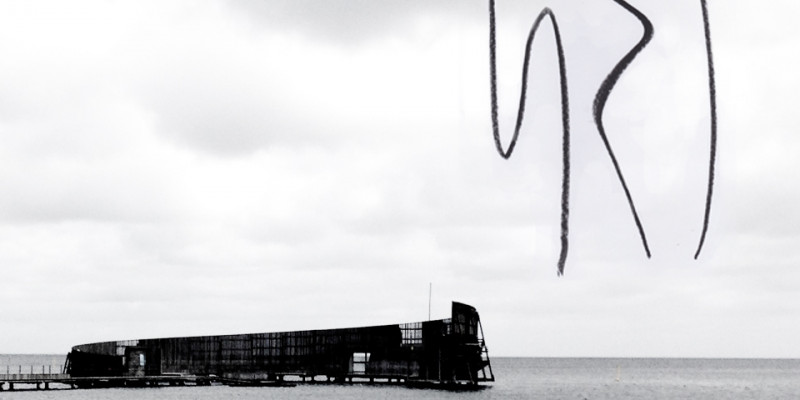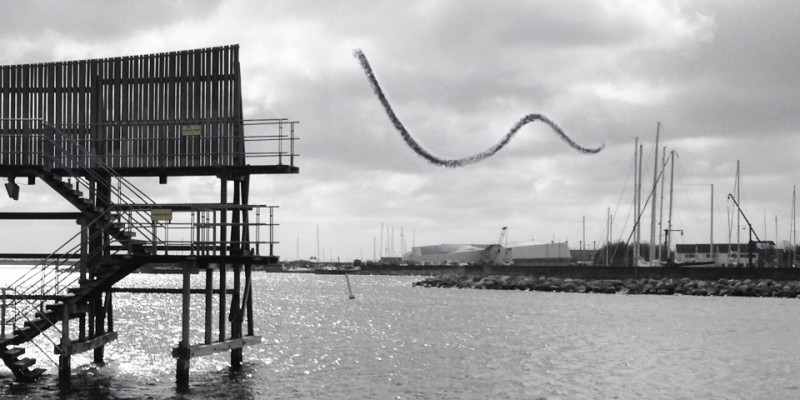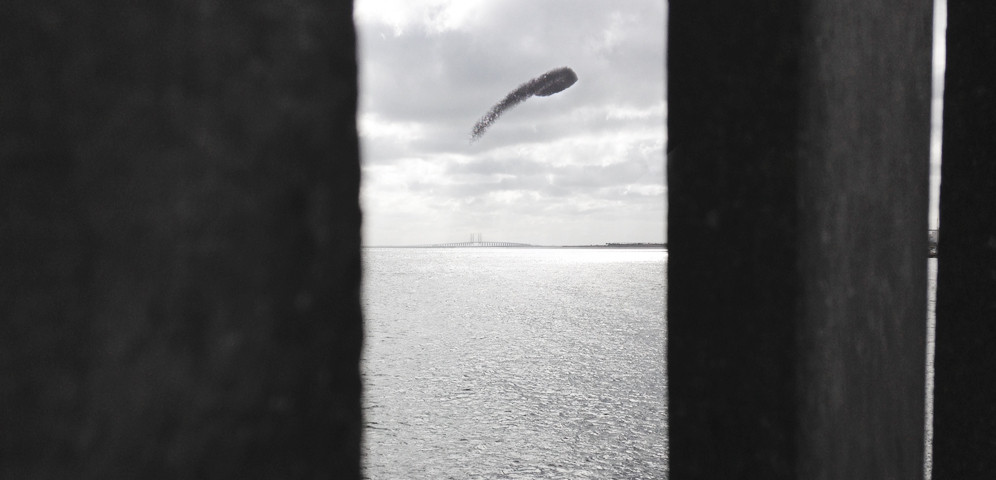
“Like sitting inside a phone”
Experimental Audio Paper
Listen to the audio paper in Sound Cloud
Abstract
Being at the same time intimately connected to everyday lives and places, and yet inaccessible to most people, the radio studio has a paradoxical position in the modern imaginary. Acoustically designed to be inaudible, the studio is barely noticeable to the listener, yet ever-present as a prerequisite for voices, dialogues and situations to enter daily lives. Nations listen in on what is happening in the radio studio, but few people have actually had physical experience with it. The ones who have, were there to perform – often as a host or as an interviewee.
Extended abstract
Indeed, it seems to be an essential quality of the radio studio for it not to impose itself on its listeners. The reasons for this can be traced to what Emily Thompson describes as the “Soundscape of Modernity”, where sound is conceptualized as a “signal” and dissociated from space (Thompson 2004:1). The radio studio materializes a conceptualization of sound, as something to be controlled, and one of space as something constructed in sound, rather than something reflected in acoustics. (Ibid: 234). If we consider media, as having the capacity to “erase itself in the act of mediation” (Eisenlohr 2009: 9), and at the same time consider them concrete loci for public debate and the construction of subjectivities, what is the function of the radio studio? Which kinds of human extensions are issued by the radio studio? Which power relations are effected?
In order to explore the function and the site-specificity of the radio studio we took, as a point of departure, Marc Augé’s (1995) concept of non-place as a feature typical of supermodernity. Augé defines the non-place as a space in which one is stripped of a multiplicity of identities, to be momentarily defined as a function of that space. Deprived of the organic relations and shared histories often found in modernity’s places, non-places like airports, supermarkets and highways are rather defined by particular functions more easily imposed on subjects acting as passengers or customers. Travelling through such non-places according to Augé leave individuals to feel a “momentary availability” (ibid. 101), but also distance and solitude (ibid. 103).
Augé’s analysis of non-places is instrumental in specifying the function of the radio studio on listeners experiencing it as an inaccessible and vaguely felt non-place. It also directed our attention to the users of the radio studio and the different roles they took on when entering the space: ‘host’, ‘guest’, ‘expert’ etc. Our investigation thus focussed on the users’ conceptions of the radio studio. Using sound devices to record interviews and to take auditory notes, we ventured into the field in order to explore the radio studio from the perspective of the people who actually go inside it. We were wondering what it is like to gain access to that space? What is it like to be inside it? And finally, what kind of space is it?
Through interviews with radio studio users, through mini fieldwork and on the background of previous fieldwork in different studios, we have explored the space of the radio studio. Our fieldwork centred on the Danish Broadcasting Corporation (DR) and their facilities in Ørestaden, Amager, Copenhagen, specifically on the two-hour afternoon talk program P1 Eftermiddag (P1 Afternoon). What hosts and people who had been guests in radio studios told us were experiences of concrete places and they emphasized the technical character of the space extensively. Their accounts were about machine-like rooms in which some felt like they were just another cog in the wheel, but also about the pleasure of controlling the machine and the sound that was emitted from it. To be in the studio could thus be conceived as being inside a machine and being implemented in a larger apparatus of auditory production. It was also a place from where one could exert a certain control over this production, and be in control of whom one allowed to interfere with it.
The production explores the experienced character of the radio studio from the multiple perspectives of our informants. It is structured into a loose narrative form: basically taking the listener inside a physical studio space and then into the more mental spaces of its users. In the end, we attempt to break the narrative and radiogenic form in order to establish a more analytic and explorative perspective. Here, the researchers themselves emerge in a studio playing back sound snippets, comparing and discussing them in order to outline some of the discursive formations they encountered.
It is interesting how the experience of the radio studio as an unarticulated and vaguely defined space, when shifting the perspective to the users, is rather that of a mechanic and technological space. Most of our informants present an account of the radio studio as a powerful apparatus controlling not only sound qualities but also identities. Clearly there are power issues involved in controlling this machinery, of “coming across” and of navigating between subjectively felt identities and required functions. From this brief study, it seems that the technical character of the radio studio for most users overshadows it’s potential to be a non-place in Augé’s sense. For most users it is prominently a piece of machinery to comprehend and to operate. But, for experienced users and hosts the studio seems to work as an extension of their selves erecting deep anxieties as well as elevated pleasures. Most likely Augé’s non-places like airports exhibit the same qualities of only allowing the momentary availability and freedom to users highly confident with its functions and flows, while the same space to the new user or immigrant might appear as a highly disciplining machinery. The experienced user operates the studio like an instrument.
This enquiry took its departure in a notion of place and “site-specificity”, which was challenged by concepts of non-place and apparatus. We found that while the radio studio certainly functions as a particular kind of space, this has less to do with the specificity of the site, and more to do with the technical character of radio. Thompson notes that the aesthetics of the soundscape of modernity emerged out of the so-called “Machine Age” (Thompson 2004:1). An interesting perspective to explore further, would be if the radio studio, rather than being a futuristic space of the supermodernity to use Augé’s term, is actually better understood as a reminiscence of an apparatus from the “Machine Age”?
Credits:
Thank you to the participants.
In order of appearance they are:
Jacob Kreutzfeldt
Mark Vacher
Morten Michelsen
Tore Leifer
Laura Yaros
Holger Schulze
Speak: Sandra Lori Petersen

